Beatles, Stones, Hendrix, more: Photographer Wilson Lindsey captured an era in Detroit
- Oops!Something went wrong.Please try again later.
Wilson Lindsey was a 16-year-old Detroiter and budding photographer when he embarked on a whirlwind few years in the thick of the ‘60s rock explosion.
Lindsey, now a 75-year-old Northville resident, eventually went on to a career in the record business. But for a thrilling few years, he and his lens were on the front lines capturing shows and stars in Detroit.
With the Detroit Free Press increasingly devoting serious coverage to pop and rock music, Lindsey became a regular freelancer for the paper. Today, looking back on those early years, Lindsey has tapped his photo archives to celebrate some of his work, including images never before published.
Working with the Freep, Lindsey found himself alongside some of the biggest names of the day as they rolled through the area. The Beatles. The Rolling Stones. Jimi Hendrix. The Who. Cream. The Faces. There was also the hometown stuff, including photo shoots at Motown.
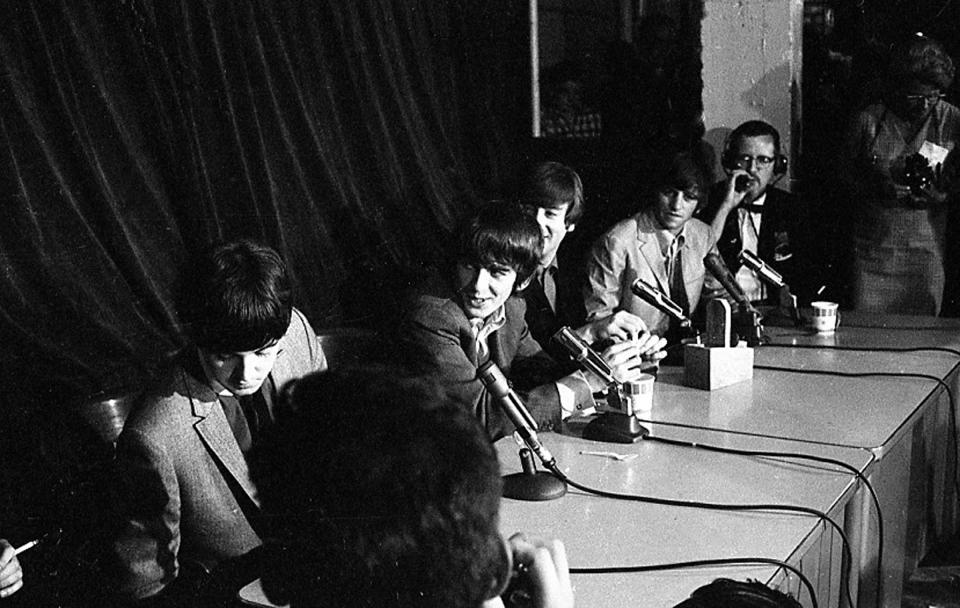
“I was just phenomenally lucky, I think,” he says of landing a plum freelance gig at such a young age. “I threw myself into these assignments and thoroughly enjoyed it. I worked hard at it, and thought I was pretty decent. So it turned out OK. But it was also a lot of pure luck. “
As a precocious teen who also had an eye on a music career — he played with a Detroit band called the Train — Lindsey said he could be flaky and self-absorbed in those days.
“I was really immature. But I loved what I was doing and got a chance to meet people who were really idols of mine,” he says. “It didn’t pay much, but it was a great gig.”
More: Free Press photographers just got top honors in contests: Which photos won
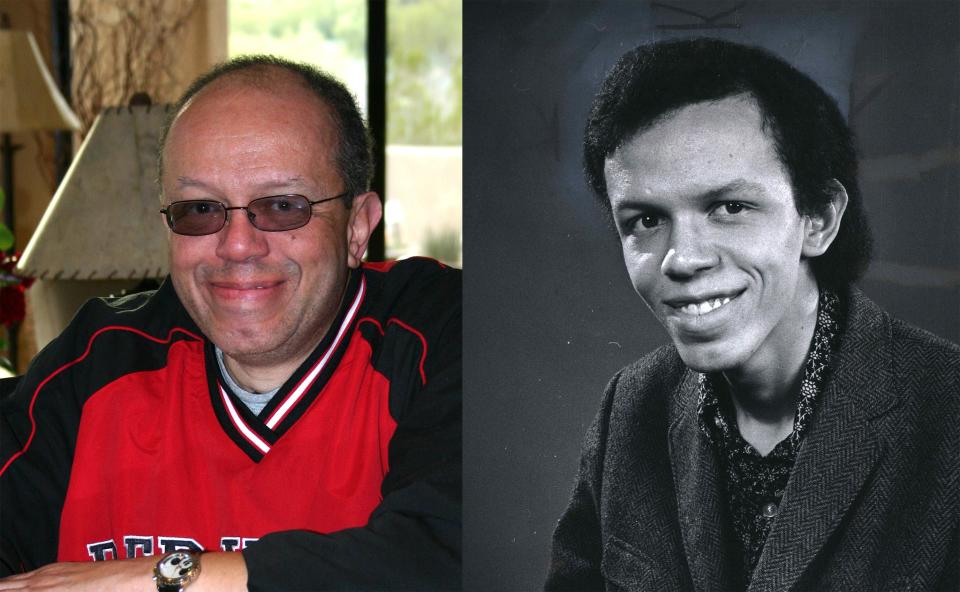
Lindsey, who caught the photography bug when his grandfather gave him an old Argus 35-millimeter camera, landed his first professional work across the Detroit River. An avid wrestling fan, he pestered promoter Johnny Doyle to let him shoot match tapings in Windsor. Doyle eventually relented, and Lindsey’s photos of regional wrestling stars like Bobo Brazil and the Sheik made their way into the promoters’ event programs.
The Free Press got wind of Lindsey after publishing a handful of those promotional images, and the paper tapped the high schooler to follow boxer Cassius Clay — the eventual Muhammed Ali — during a visit ahead of his 1964 heavyweight championship bout with Sonny Liston.
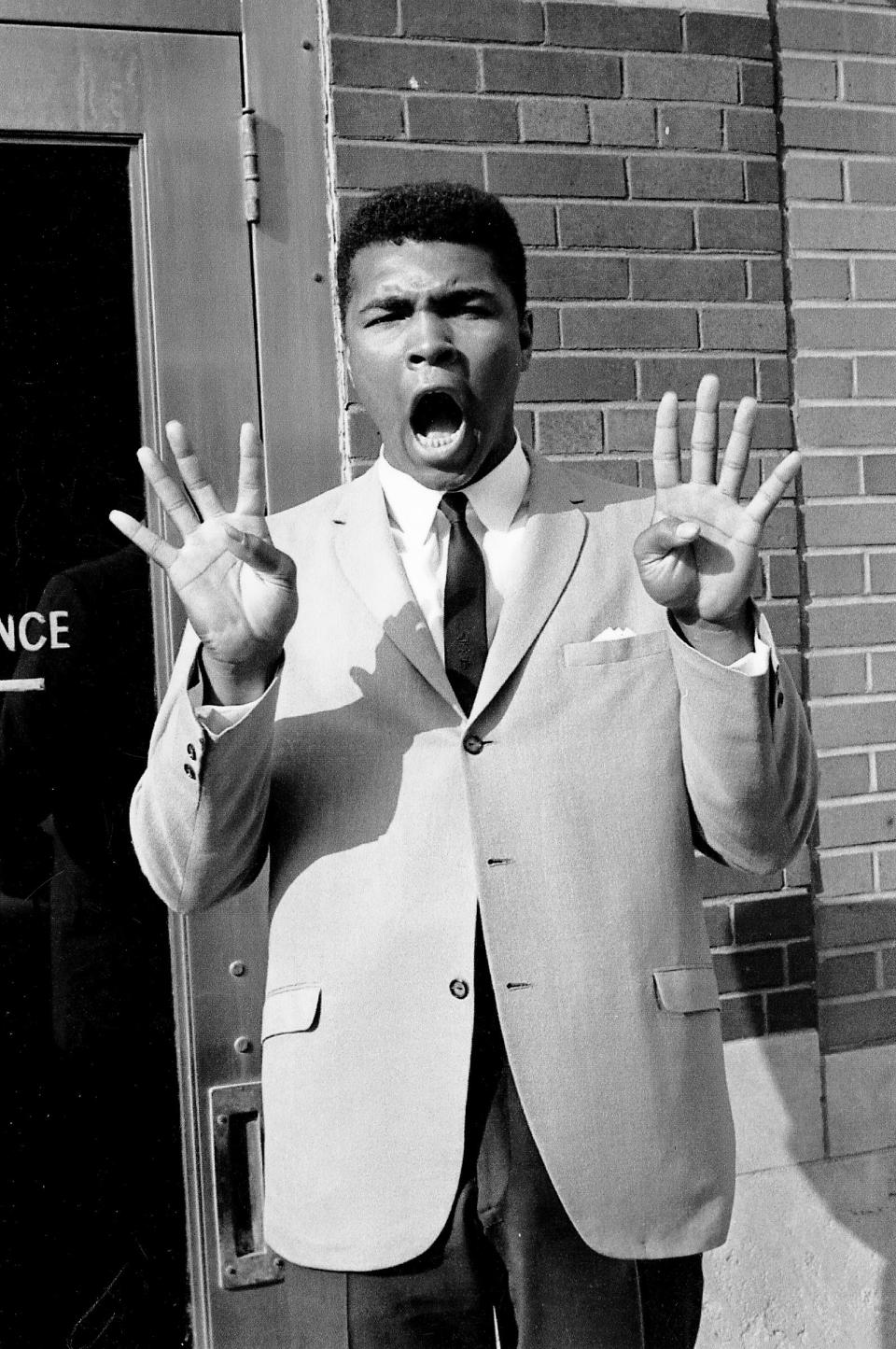
“I had a chance to hang out with him for three days,” Lindsey recalls. “They gave me full access to photograph him and just hang out. It was amazing, and now I was totally hooked.”
On the music front, it was a time of transition for big-city papers such as the Free Press. From the dawn of the rock 'n' roll era a decade earlier, pop music had been covered largely as a teenybopper curiosity. The stars and their music were often treated with a kind of bemusement, even dismissiveness, by the cigar-chomping reporters assigned to the task.
Now things were changing. A young Free Press hire, Loraine Alterman, had come aboard to cover pop and rock as a legitimate beat. With Lindsey often at her side, she documented the scene with an approach and vocabulary its audience understood.
“Loraine was a very progressive thinker in a conservative environment,” Lindsey says. “And she knew that I knew something about music. So she related to that. She could communicate with these musicians at the time in this hippie culture.”
More: Free Press Flashback: Bomb shelters were fad in Michigan during Cold Wa
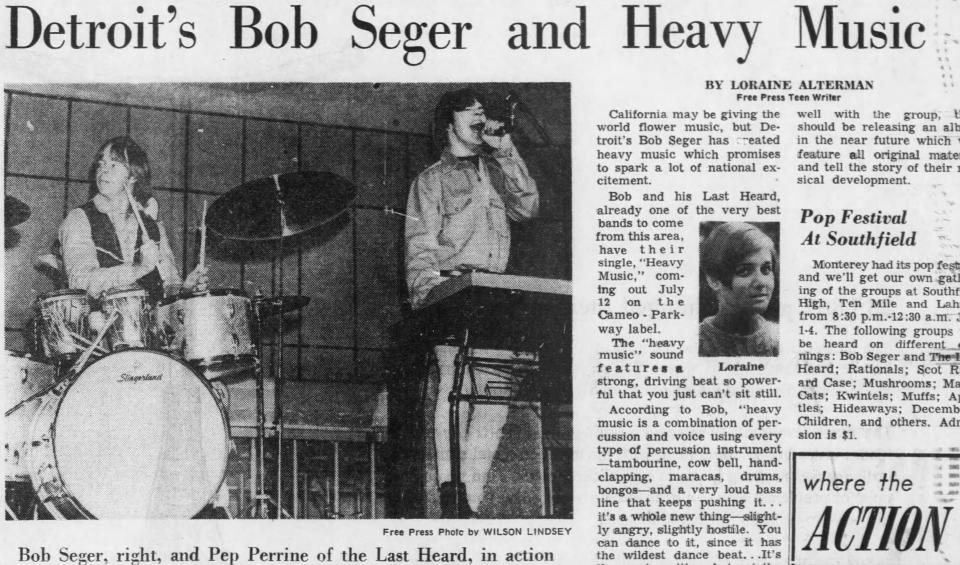
The vibe was loose, freewheeling. Lindsey often found himself backstage, chatting up musicians. By the time he segued into a record-label career just a few years later, show protocols had dramatically changed, and that openness was a thing of the past.
“The access was a lot different back then,” he says. “We were just hanging out with a lot of these people.”
Ken Settle, who took up rock photography in the early '70s and endures as one of Detroit’s top veterans in the field, recalls being “a little kid rifling through the Free Press every day” when he started spotting a regular credit on music photos: Wilson Lindsey.
Today, Settle regards Lindsey, along with rock shooter Frank Pettis, as a trailblazer who set the stage for professionals such as himself.
“He’s a treasure for us local music fans and photographers,” Settle says. “Wilson and Frank were the two guys who had the sense that this music was important and should be chronicled in photos. You can feel that resonance in their work. They really set the template for the photographers that followed.”
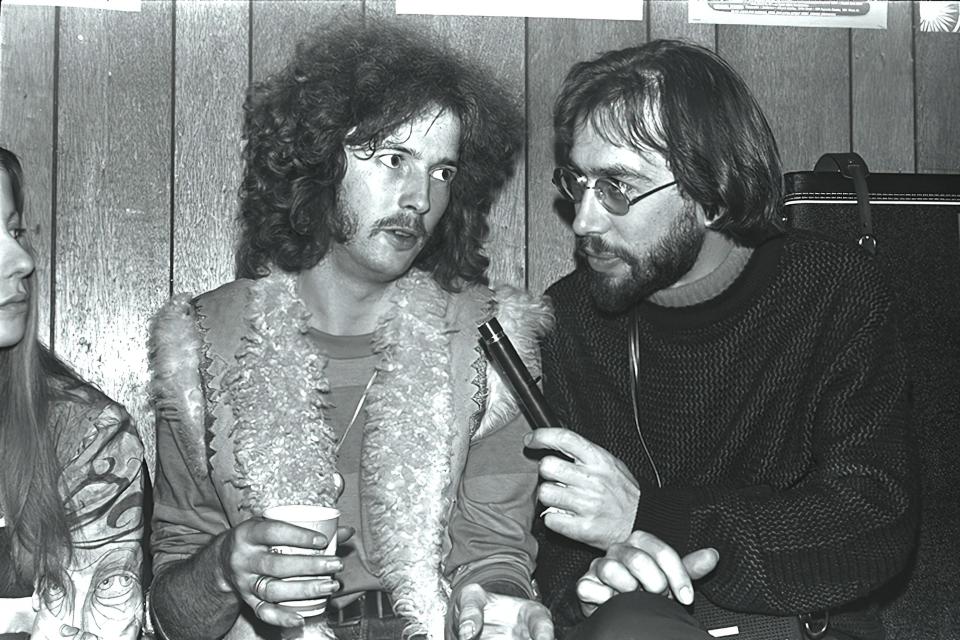
Lindsey went on to work for several record labels, including a mid-‘70s stint as Motown’s Midwest regional sales manager and work in Mercury Records’ national promotions division.
The old photos he has on hand are survivors: Twenty years ago, while living in Hamtramck, most of his archives were destroyed in a basement flood.
The loss was heartbreaking, Lindsey says. But he remains proud and nostalgic about the work he did — even if he wasn’t aware then of the historical import.
“In those days, when I was taking these pictures, frankly, I was just having a good time doing it,” he says. “I never really thought there would be any interest, especially this many years later. I’m pleased that there still is.”
Contact Detroit Free Press music writer Brian McCollum: 313-223-4450 or bmccollum@freepress.com.
• • •
Photographer Wilson Lindsey, a freelance rock photographer for the Free Press in the 1960s, recounts some of his memorable shoots:
Jimi Hendrix
I photographed him at the Fifth Dimension in Ann Arbor (in 1967), which was mind-blowing. The anticipation was amazing — his (first) record hadn’t come out yet. The word of mouth was incredible. I got the chance to meet him and photograph this amazing performance.
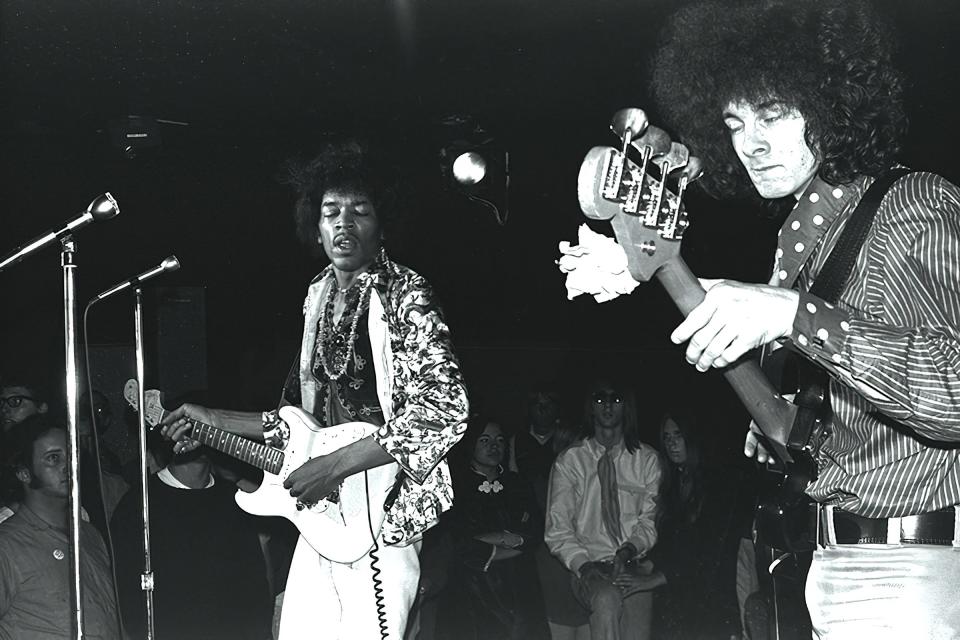
He was so cool, so friendly and open. I just jumped on the stage and started taking pictures. The guys in the band didn’t care.
And then there was the Flint show (in 1968), which was a disaster on every level. Hendrix was so angry and frustrated. He really looked like he was going through a lot of personal turmoil backstage before the set. Then he got out there and broke a string and that was the end of the set. Only three or four tunes and he stormed out.
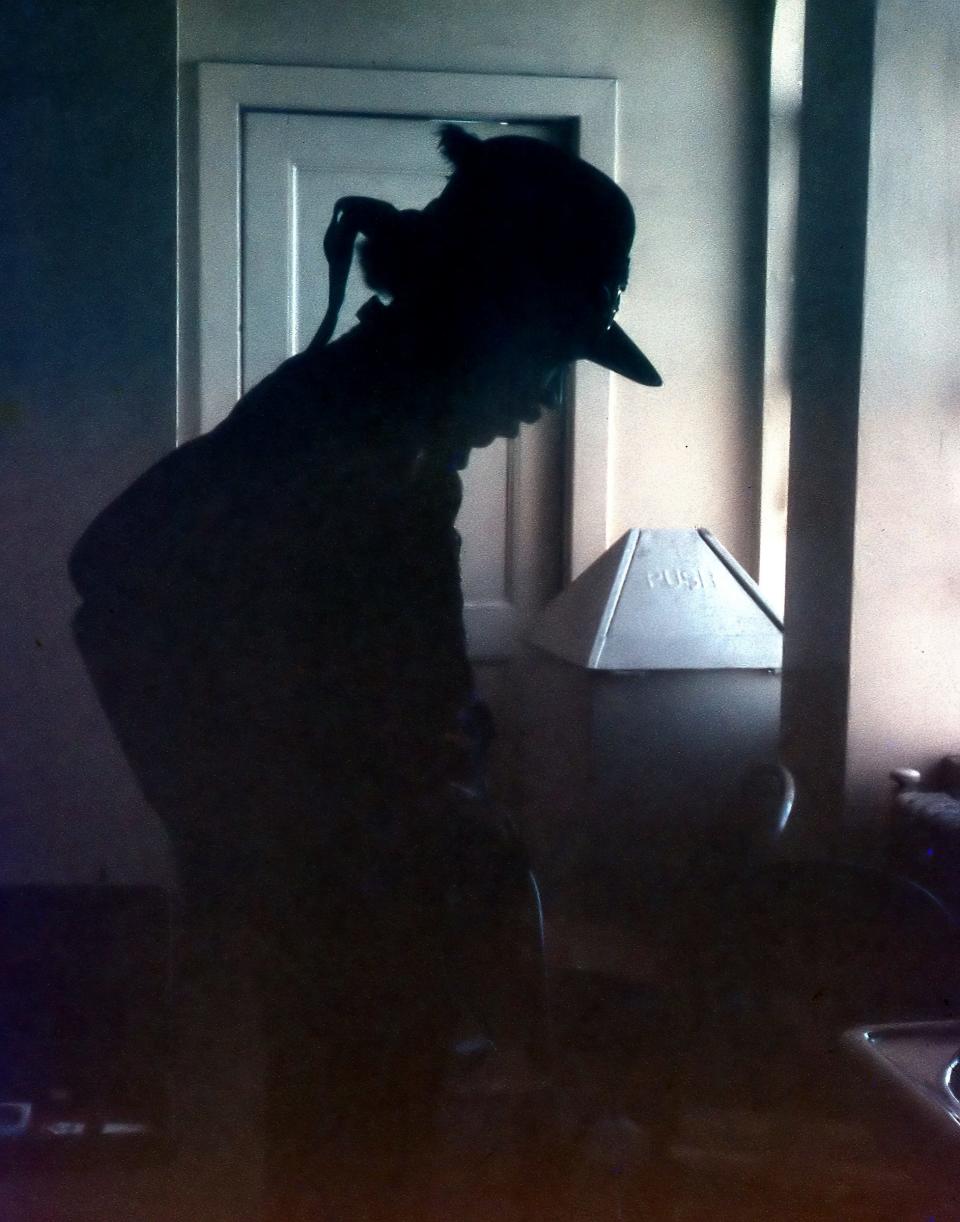
I never really understood what the problem was with him that day. But he was a different person, 180 degrees, from the fellow I’d seen at the Fifth Dimension.
The Faces
Most of the guys in the Faces I got along with really well. Not only got a lot of shots for the paper, but we really clicked. I remember being in Ron Wood’s hotel room once. I told him I needed to pick up my wife from work. He wanted to get some pictures developed, photos I had taken. So he went with me to pick up my wife.
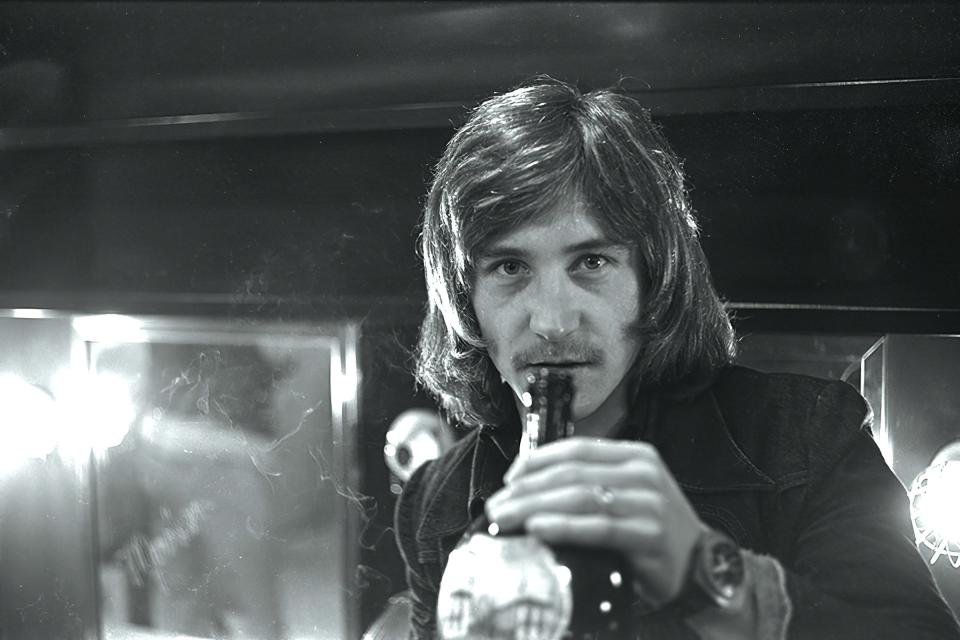
That’s how it was. Half the Yardbirds would go to my grandma’s house for dinner.
These guys weren’t pretentious, and there weren’t these walls. By time I started working in the music business, things got tight. The artists just didn’t want that rapport anymore.
Smokey Robinson
Loraine was doing a story about the songwriting creative process (in 1966). Needless to say, Smokey was at the top when it came to the creative entities at Motown. I remember him being very approachable, explaining how he wrote the tunes. He was just relaxed and kidding around.
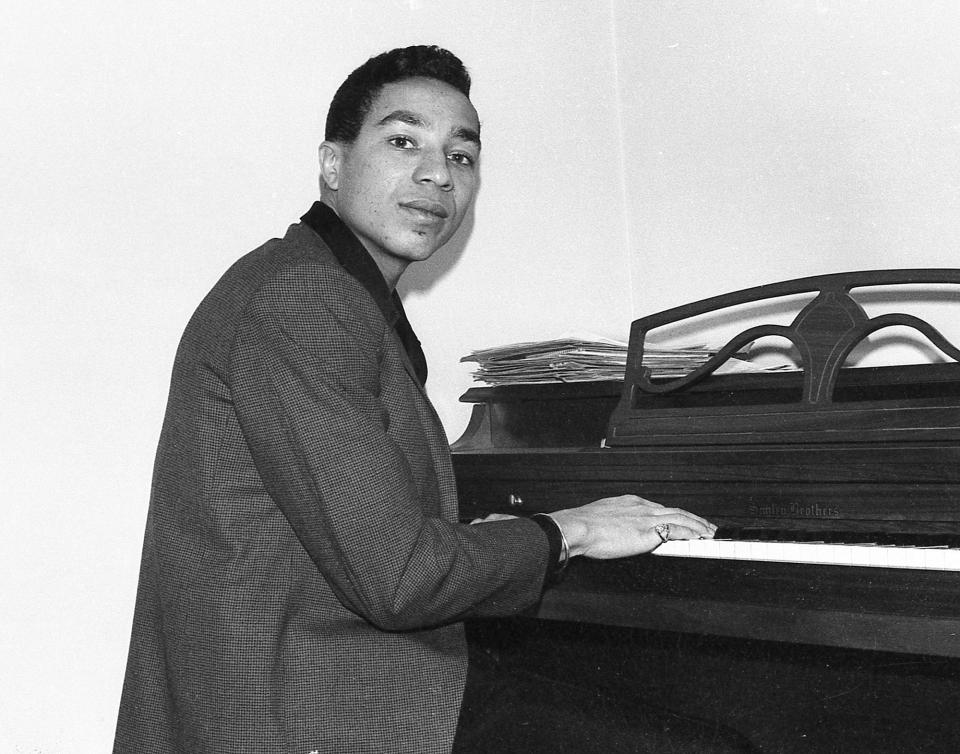
That was at Hitsville. He sat down at the piano and hammered out a few things, basically showing how he constructed the songs, how they became a finished endeavor. While he was doing that, Stevie Wonder came by and he was very flirtatious toward some of the females who were there. That kind of caught my attention — it was pretty funny. The overall sense I got at Hitsville at that time was very positive. It was a busy little joint.
This article originally appeared on Detroit Free Press: Beatles, Stones, Hendrix, more: Detroit photographer captured an era

